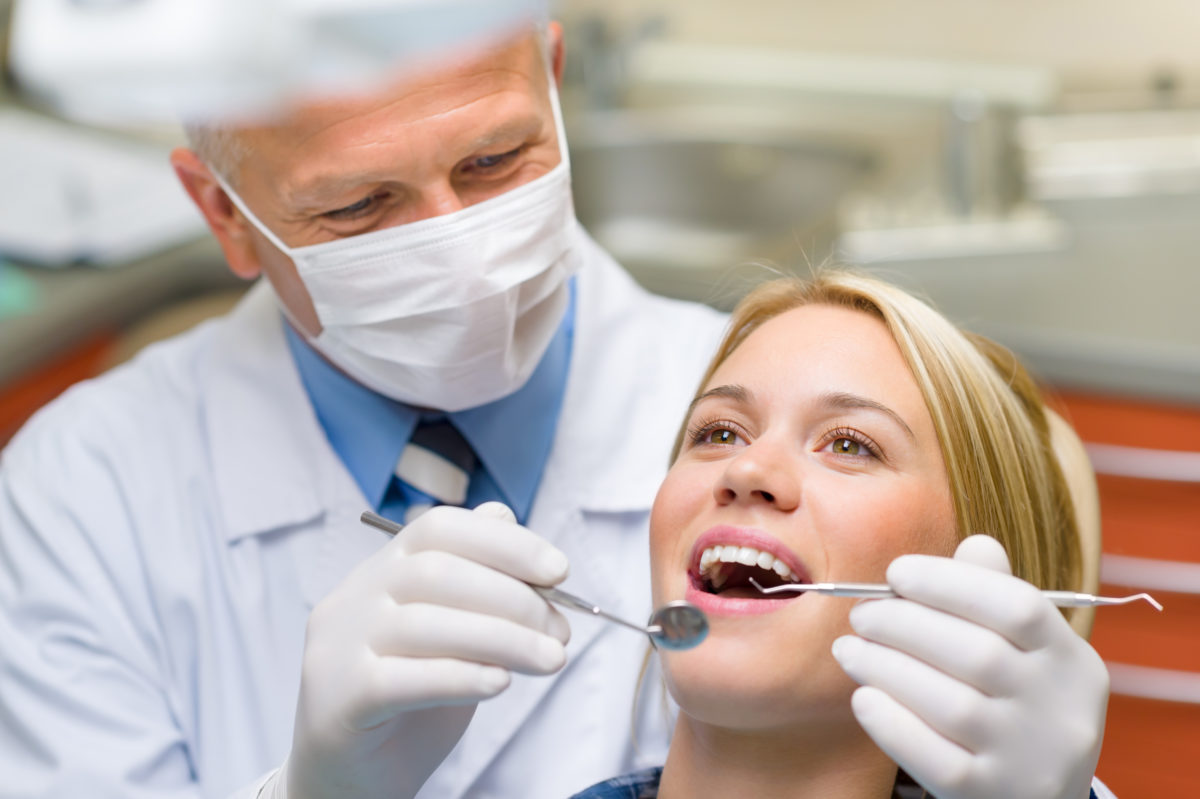The Single Strategy To Use For Legacy Orthodontics
The Single Strategy To Use For Legacy Orthodontics
Blog Article
The Greatest Guide To Legacy Orthodontics
Table of ContentsThe Best Strategy To Use For Legacy Orthodontics10 Easy Facts About Legacy Orthodontics ExplainedThe smart Trick of Legacy Orthodontics That Nobody is DiscussingNot known Facts About Legacy OrthodonticsThe Buzz on Legacy Orthodontics
At Advanced Orthodontics, we offer clients with a all natural treatment experience. Additionally, we provide flexible treatment schedules, versatile settlement choices and an enjoyable, satisfying experience. braces. Phone call ( 480) 357-4900 today for even more information and routine a visit.An orthodontist is a dentist trained to identify, stop, and deal with teeth and jaw irregularities. Orthodontists work with people of all ages, from children to grownups.
Malocclusion, or misaligned teeth, can result in dental problems, including dental cavity, gum tissue disease, and hard or painful chewing. Yet not everyone is born with straight teeth. If you have a negative bite or large areas in between your teeth, you might intend to get in touch with a dentist specializing in orthodontic care.
Things about Legacy Orthodontics
( Photo Credit Rating: DigitalVision/Getty Images) Orthodontists use fixed and detachable oral gadgets, like dental braces, retainers, and bands, to transform the position of teeth in your mouth. Orthodontic therapy is for oral irregularities, including: Misaligned teethBite problems, like an overbite or an underbiteCrowded teeth or teeth that are too much apartJaw misalignmentThe goal of orthodontic treatment is to enhance your bite.
While you might believe of orthodontists as mostly for children or teens that need dental braces, they can remedy oral problems at any age. Orthodontists go to college, oral institution, and orthodontic institution.
All orthodontists are dentists, yet not all dental practitioners are orthodontists. Orthodontic residency programs use intensive, concentrated instruction for oral specialists. They concentrate on 2 locations: Exactly how to appropriately and safely move teeth Exactly how to properly lead development in the teeth, jaw, and faceOnce an orthodontist has actually finished training, they have the alternative to end up being board licensed.
Some Known Factual Statements About Legacy Orthodontics
Imbalance, or malocclusion, is one of the most common factor individuals see an orthodontist. It is hereditary and is the result of size differences in between the top and lower jaw or between the jaw and teeth. Malocclusion causes tooth overcrowding, an irregular jaw, or uneven bite patterns. Malocclusion is normally treated with: Your orthodontist affixes metal, ceramic, or plastic square bonds to your teeth.
Some individuals need a headgear to assist move teeth right into line with stress from outside the mouth. A retainer is a personalized device that keeps your teeth in place.
They're usually used on kids. They can produce extra space in the mouth without having to draw teeth. If you have a significant underbite or overbite, you could need orthognathic surgical treatment (also called orthodontic surgery) to lengthen or shorten your jaw. Orthodontists make use of cords, medical screws, or plates to sustain your jaw bone.
You might need to see an orthodontist if you have: Crowding or not adequate room for every one of your teethOverbite, when your upper teeth come your bottom teethUnderbite, when your bottom teeth are also much forwardSpacing or problems with gapsCrossbite, which is when your upper teeth fit behind your bottom teeth when your navigate to this site mouth is closedOpen bite or a vertical gap in between your front base and top teethMisplaced midline, when the center of your bottom and upper teeth do not line up Dealing with an oral malocclusion can: Make biting, eating, and speaking easierImprove the balance of our face and your overall appearanceEase pain from temporomandibular joint conditionsSeparate your teeth and make them much easier to clean up, helping prevent dental cavity or cavities It's often a dental professional who initially notifications misaligned teeth during a regular examination.
4 Easy Facts About Legacy Orthodontics Shown

Throughout your first orthodontic consultation, you'll likely have: An oral examPhotos taken of your face and smileDental X-raysPanoramic (360 degree) X-rays of your face and headImpressions to create mold and mildews of your teethThese tests will aid your orthodontist know exactly how to wage your treatment. invisalign. An orthodontist is a dental expert that's had training to treat your teeth and jaw
An orthodontist is concentrated on your bite, so something like a cracked tooth would certainly be managed by a dentist. Orthodontists are focused on your bite, or the way your teeth fit with each other, and the straightness of your teeth.
Ever wondered just how stars always appear to have completely straightened teeth? The solution usually hinges on the skilled hands of an orthodontist. What precisely does an orthodontist do? Orthodontists are oral experts that concentrate on correcting irregularities in the teeth and jaws. Their know-how surpasses just creating an attractive smile; it encompasses improving your general dental health and wellness and feature.
The Facts About Legacy Orthodontics Uncovered

, orthodontists have a varied toolkit at their disposal. These tried-and-true braces make use of a system of braces adhered to the teeth and attached by cables.
Clear aligners, like Invisalign, are a popular choice for clients looking for a much more discreet treatment choice. These detachable trays are personalized to progressively change the teeth's placement. Headgear may be made use of together with braces or aligners to use added targeted pressures, especially for fixing jaw discrepancies. In cases of narrow jaws, palatal expanders can be used to produce room for proper tooth alignment.
Report this page